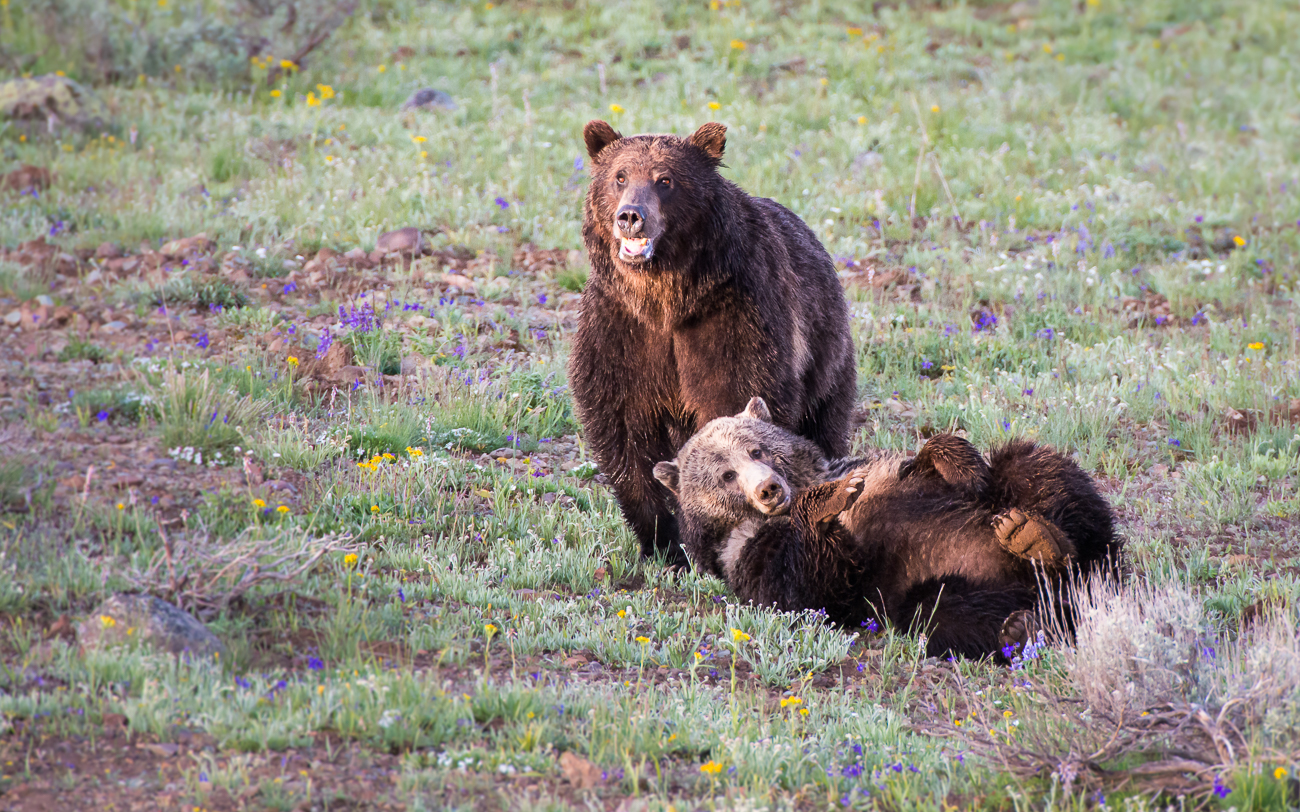We Don’t Know What We Don’t Know
Chapter Three
Our two grizzly siblings? They weren’t born in Mount Robson.
To make this place their home, they couldn’t just look around, find no Chocolate – no large, male grizzly ruler of this land – and say, ‘Great! this is going to work out perfectly!’
Why?
Because whether you’re a person or a bear, that first impulse isn’t always the right one. To get the right answer, we always need to dig deeper.
How so?
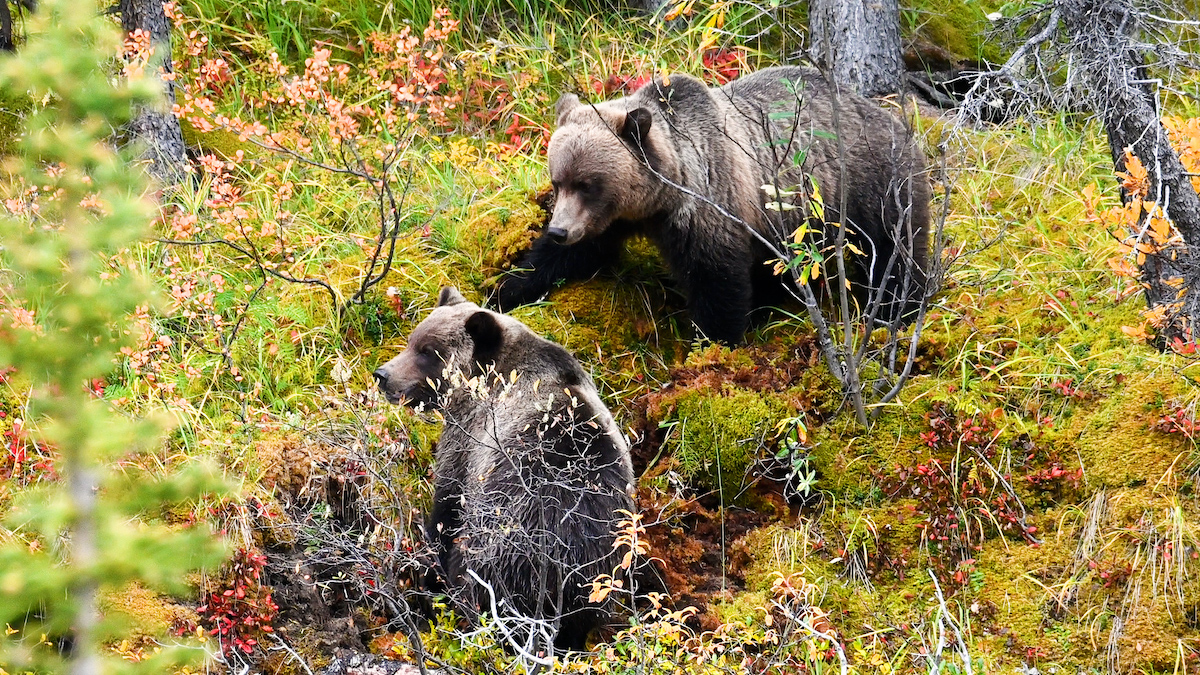 Well, for starters, just because our two bears found plentiful resources – plentiful food supply – to carve out their niche in this ecosystem, doesn’t mean there will always be enough resources to sustain them.
Well, for starters, just because our two bears found plentiful resources – plentiful food supply – to carve out their niche in this ecosystem, doesn’t mean there will always be enough resources to sustain them.
For these two bears to make a living in Mount Robson, it’s not just about what food exists here throughout the seasons, but is equally determined by the population health of numerous other species that help create the conditions for the grizzly bear to live.
Remember the whitebark pine? Right, this tree is incredibly important to the grizzly bear in the fall. In fact, the seeds of this tree are so important to bears, scientists believe that without them, grizzlies won’t have enough bulk to last them through the winter months.
And, sure, Mount Robson has whitebark pine stands today. But will that be the case tomorrow?
The tree is heavily endangered and its best conservationist is the Clark’s nutcracker. If there isn’t a viable population of nutcrackers in this ecosystem, seeds from this tree won’t be distributed and planted – the tree won’t be able to reproduce.
So, for our grizzly siblings to really make Mount Robson home, they need to know that the Clark’s nutcracker also calls this ecosystem home.
More than that though, our bears also need to know this landscape has a healthy population of red squirrels.
Why? Well, grizzlies can’t eat whitebark pine seeds on their own.
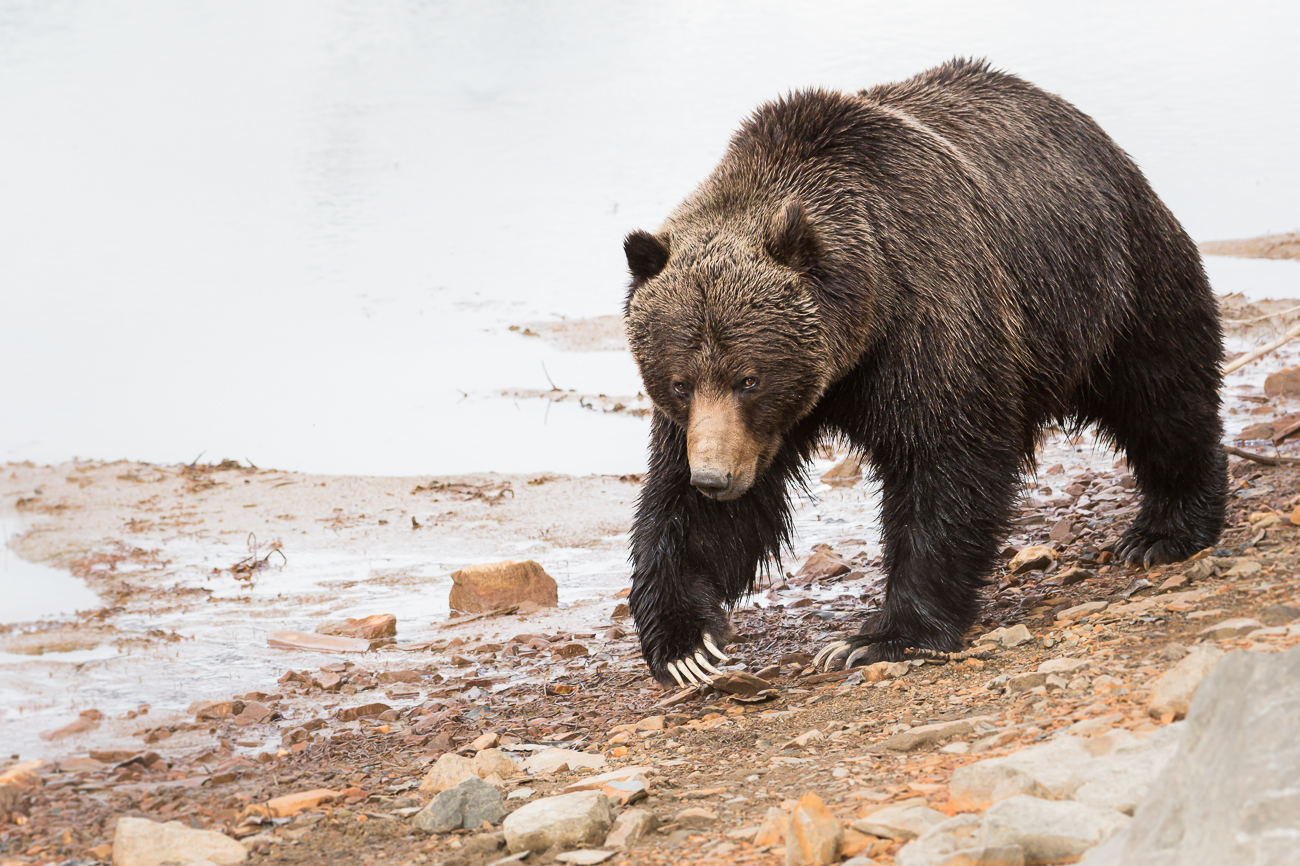 Their claws? Not only are they not made for killing, they’re also not made for climbing or cracking open rather delicate pinecones.
Their claws? Not only are they not made for killing, they’re also not made for climbing or cracking open rather delicate pinecones.
Claws!
So, not only do bears rely on the tree and the nutcracker for survival, they also depend on the red squirrel to climb, pick, crack and cache the seeds for the bears.
For the bears?
Well, whatever! Squirrels don’t need that many calories. Surely, they’re fine with sharing.
The point is this:
Before setting up shop, our grizzly siblings did more than walk the neighbourhood to see if it was a nice place to live. They checked to ensure that the Mount Robson grocery store didn’t resemble the first days of a global pandemic; they checked to ensure that there’s enough food resources to make this place a long-term home.
Also?
They should have wanted to know Mount Robson’s a place where they could raise a family.
You see, variety is the spice of life. Well, the spice and the actual foundation of life. Like, no one lives without genetic diversity. It’s what ensures biological diversity, which is what sustains all of us, as you now know.
Which is why knowing that an eligible male grizzly bear has a territory that’s adjacent to where our siblings’ set-up shop might have been an annoying discovery at first, but trust me, one day soon, they’re going to be happy knowing there is a neighbour.
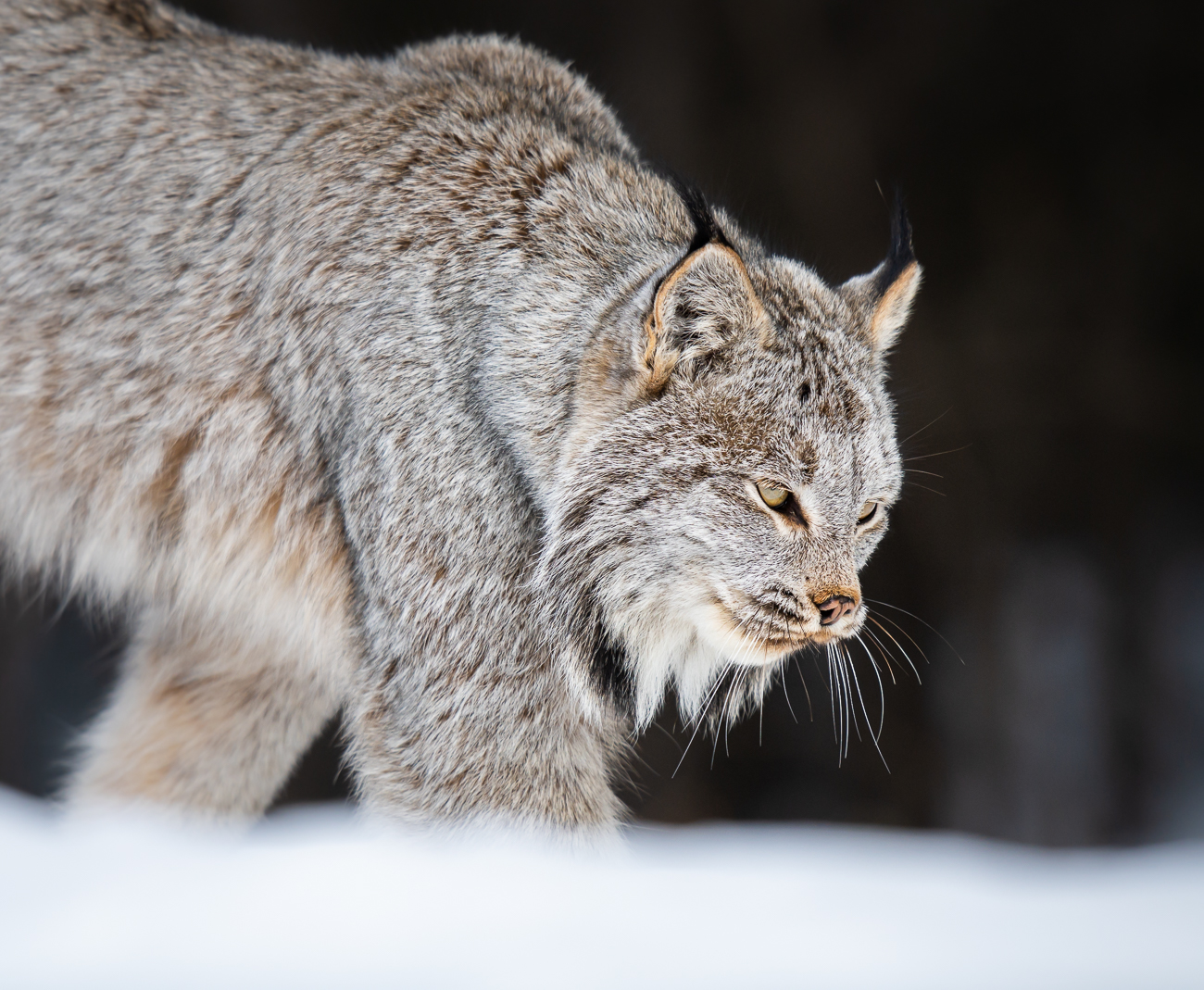 I mean, they could grow up to be a couple of old cat bears. Cat bears? Okay, weird metaphor, because I really don’t see them spending their old age watching a lynx catch hares. But here’s what I’m trying to say: Life’s better with love. It just is.
I mean, they could grow up to be a couple of old cat bears. Cat bears? Okay, weird metaphor, because I really don’t see them spending their old age watching a lynx catch hares. But here’s what I’m trying to say: Life’s better with love. It just is.
And plus, reproduction is in our genes. Human, bear, cat, dog, tree? We’re wired to do our part to continue the species. It’s in our nature.
It’s why in nature, for example, male bears will wander far afield – like way, way afield – in search of love. Which might get them in trouble. Or other species in trouble. But that’s only trouble if a male bear can’t swipe right for love a little closer to home.
Okay, swiping is a bit different than our version.
Actually, so is love.
Anyway!
We want these bears to swipe right – walk right? – for love. After all, we don’t want brother and sister to mate.
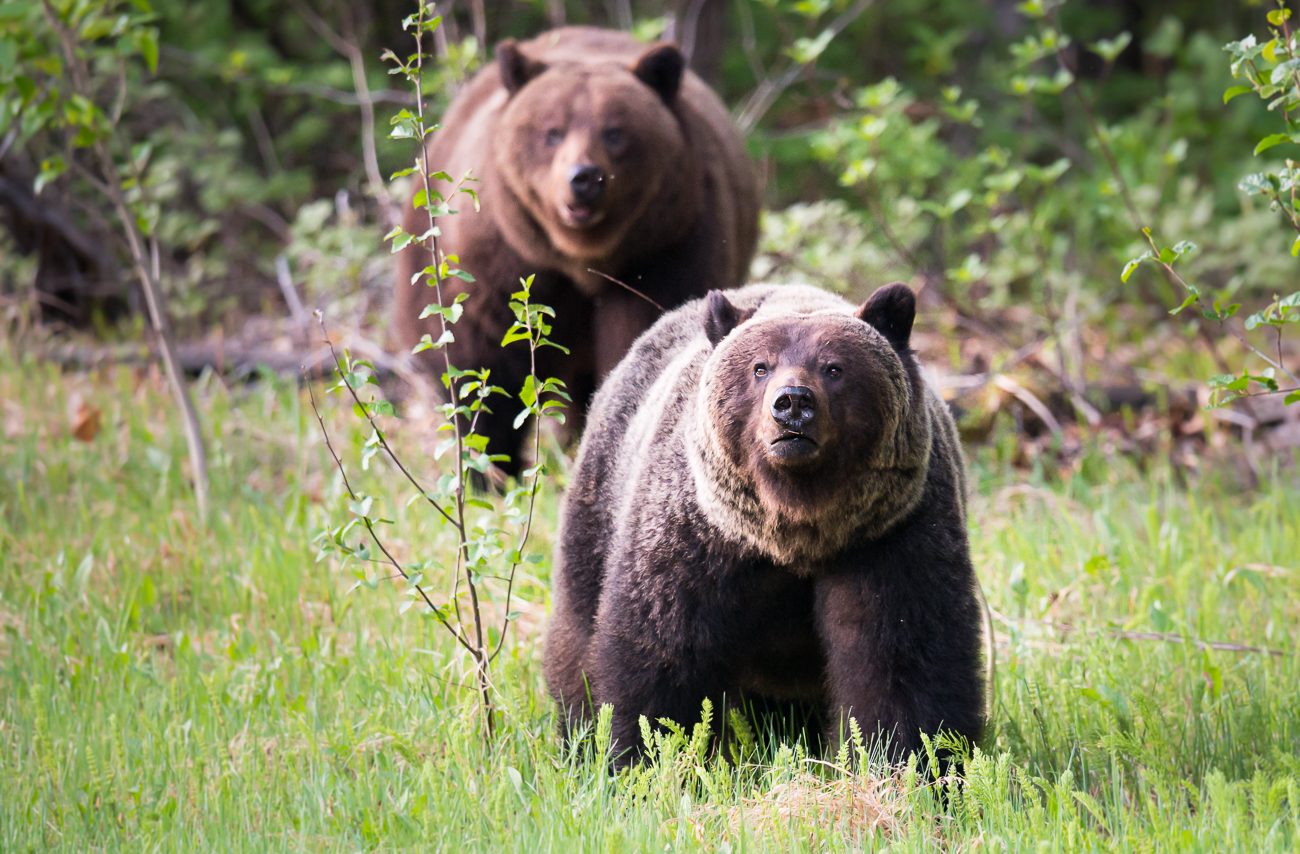 In the wild, inbreeding is what happens when there isn’t enough natural love to be found. It’s a consequence of a lack of genetic diversity and it’s a vicious circle. It just doubles down on the problem, further shrinking the gene pool and leading to population decline, system collapse and, well, nothing good.
In the wild, inbreeding is what happens when there isn’t enough natural love to be found. It’s a consequence of a lack of genetic diversity and it’s a vicious circle. It just doubles down on the problem, further shrinking the gene pool and leading to population decline, system collapse and, well, nothing good.
So, the fact our two sibling grizzlies can find a mate in this ecosystem is great. Better still, this ecosystem has gained an eligible grizzly bachelor and bachelorette!
By making this place home, our bears are freshening up the gene pool, making it just that much more diverse. That’s great for all grizzlies here – all life here that connects to grizzlies through the food web.
But what if this wasn’t the case? What if they couldn’t find a mate? What if a food source lacked genetic diversity?
Well, we might see two grizzlies – two new grizzlies – and assume everything must be functioning as it should. And yet that wouldn’t be so. Our eyes would be deceiving us, preventing us from understanding the true threats facing this ecosystem or the region – this species or biodiversity – in the future.
Like our two bears, we need to dig deeper and ask the better question – understand what we don’t know we don’t know – so that we can find the better answer. For nature. For people.
